[custom_headline type=”left” level=”h1″ looks_like=”h2″]CheeTah – Detectors for Electron Microscopy[/custom_headline]
ASI’s CheeTah is a hybrid pixel detector for electron microscopy applications. Enabling the full power of MEDIPIX® technology, the CheeTah detector allows single electron sensitivity, high-speed and noiseless data acquisition and offers unprecedented possibilities to boost the power of standard TEMs.
-
Noise free data acquisition
Dead time free operations
High dynamic range
Continuous read out
High frame rate
Software synchronization
Our versatile design makes our detector backward compatible with almost any electron microscope. We offer customized static and retractable design, depending on available space among other detectors already mounted in the microscope.
For typical TEM applications (200 kV), a silicon sensor of 300 µm is the best option with DQE(0) > 0.9. Different materials such as GaAs,CdTe and thicker sensors are also available for higher electron energies.
The CheeTah detector consists of a pixelated semiconductor sensor where each pixel is bumb-bonded to its readout ASIC.
The readout ASIC, processes the detected signal in the semiconductor layer into meaningful spectral and timing information for each pixel and provides digitized data.
CheeTah M3
Is the ideal detector for applications which require high spectral capabilities and high frame rates.
Simultaneous detection in multiple spectral ranges is achieved by setting 2 thresholds and up to 24 bit counter depth allows longer frame acquisitions.
With the continuous RW mode speeds of 2000 fps with 12 bits counter depth is reachable.

CheeTah T3
Is suitable for applications where the timing of the detected particles is more important.
The CheeTah T3 can detect events with a time resolution of 1.56 ns and the data-driven read- out scheme results in a significant reduction of data transfer and processing requirements.
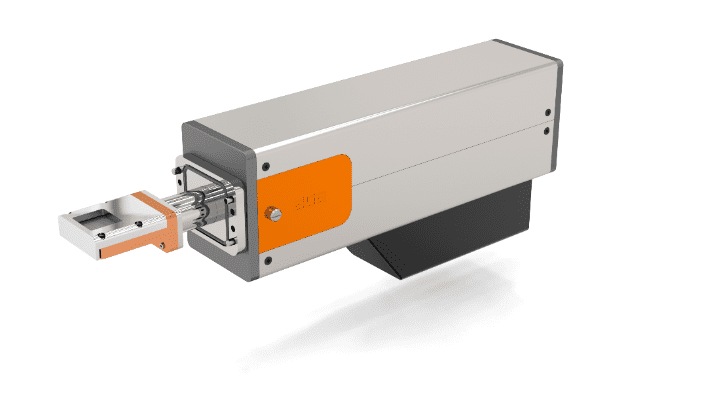
Trigger Box
The data acquisition can be synchronized and automated with other units in your experimental system by sending voltage signals to our trigger box. It is also possible to use our server solution for complete remote control of the detector.
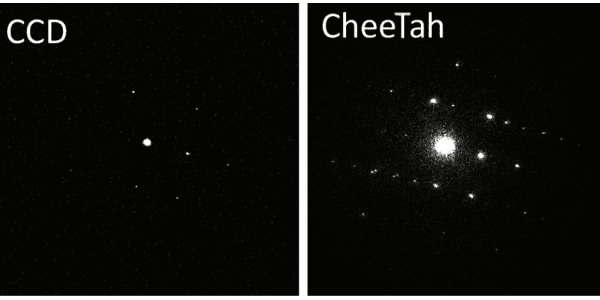
Compared to a standard CCD camera, The CheeTah has much greater sensitivity to observe weak intensity points in diffraction patterns.
Application
The single electron sensitive CheeTah is the detector of choice for many scientists in various fields:
Noise-free operation and high-speed frame acquisition make CheeTah the ideal detector for protein and pharmaceuticals research.
3D ED Tomography
MicroED
Precession Electron Diffraction
4D-STEM
CryoEM
and many more…
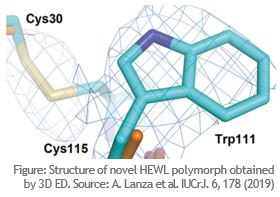
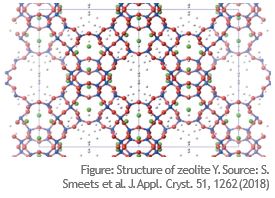
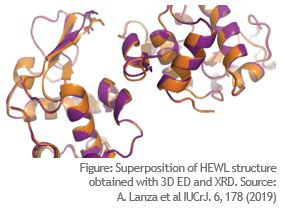
T3 specifications
| The ASICs | Timepix3 |
| Pixel size | 55 µm |
| Number of pixels | 512 x 512 (262k) *256 x 1024 |
| Sensor area | (262k) 28 x 28 mm² |
| Min. detectable energy | 4.5 keV *256 x 1024 |
| Read-out & Max speed | Data-driven Sequential >500 MHz |
| Operation mode | ToT & ToA Time resolution: 1.56 ns |
| # of thresholds | 1 |
| Max count rate | 1 MHits per pixel and 120 MHits for quad chip |
| Sensor material** | Si 300-500 µm / GaAs 500 µm / CdTe 1000 µm |
M3 specifications
| The ASICs | Medipix3RX |
| Pixel size | 55 µm |
| Number of pixels | 512 x 512 (262k) *256 x 1024 |
| Sensor area | (262k) 28 x 28 mm² |
| Min. detectable energy | 4.5 keV *256 x 1024 |
| Read-out & Max speed | Frame-based Sequential – 24 bits – 700 Hz Continuous – 12 bits – 2000 Hz |
| Operation mode | EC Counter depth: 24/12/6/1 bits |
| # of thresholds | 2 (seq) & 1 (cont) |
| Max count rate | 1 MHits per pixel and 120 MHits for quad chip |
| Sensor material** | Si 300-500 µm / GaAs 500 µm / CdTe 1000 µm |

